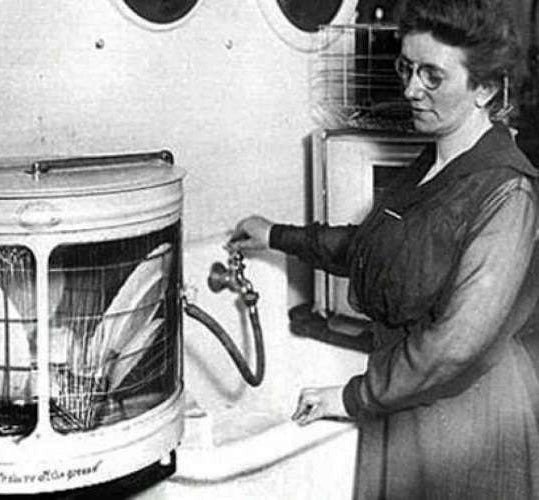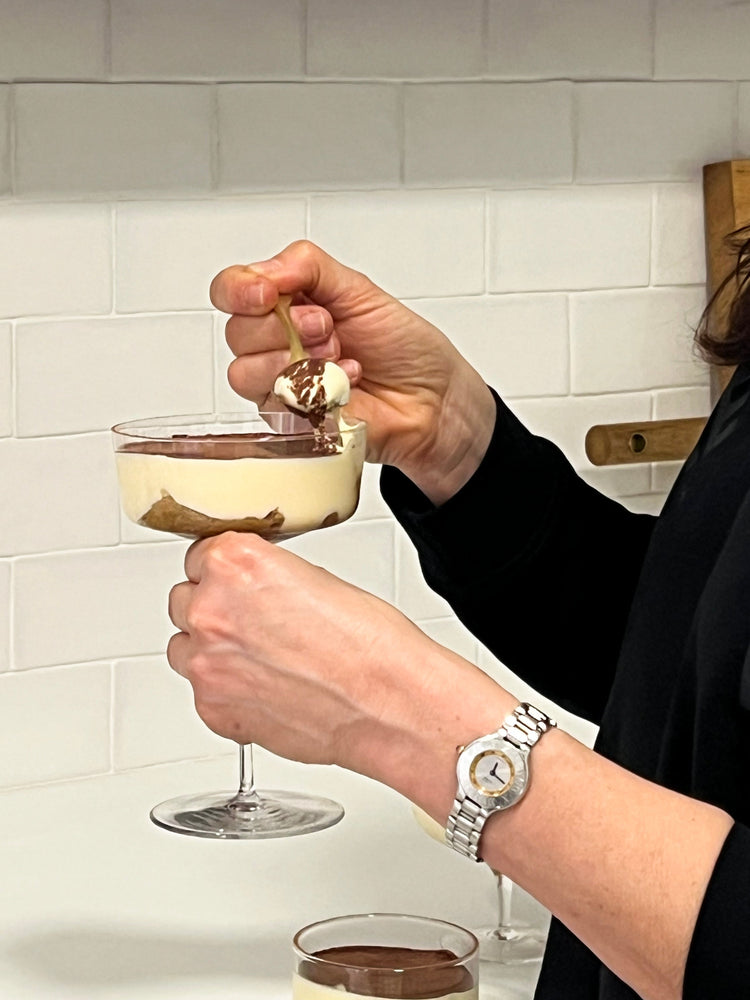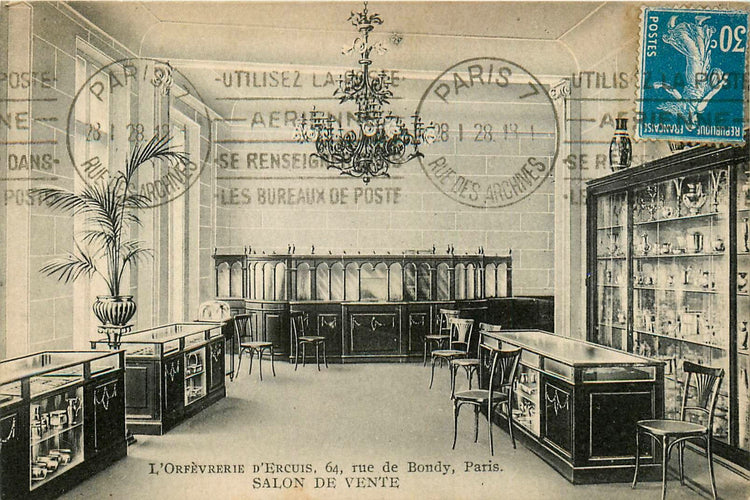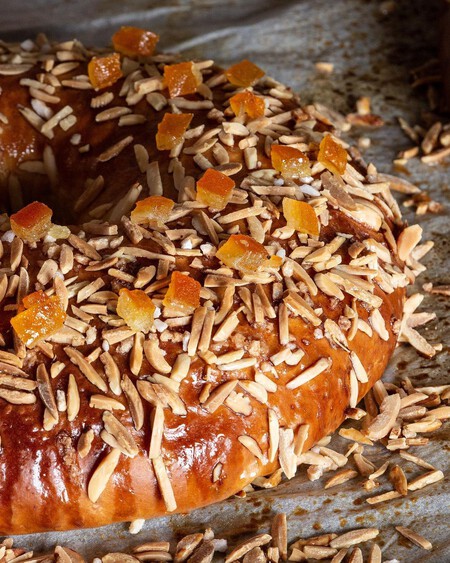Tea Time
The quintessential British custom
Tea time is one of England's most characteristic traditions. Tea first appeared at the English court in 1662, when King Charles II of England married Catalina de Braganza, a tea-loving Portuguese princess.
However, the concept of tea time was defined in the early 19th century when one day the Duchess of Bedford, Lady Anna Maria Stanhopela, was unwell before dinner and asked for tea with sandwiches and cakes. It suited her so well that she decided to include this change in her daily routine, inviting her friends every afternoon to enjoy this exquisite and delicate moment. This was the beginning of the English tradition we know today as afternoon tea.
A daily habit with a marked protocol, where dipping the pastries in the tea is unthinkable, while taking the saucer with the left hand and the cup with the right is essential to taste it in small gulps. For us, it is always a delight to enjoy the famous "five o'clock tea" in an iconic venue such as The Dorchester Hotel in London.
We share the beauty of traditions and the way to enjoy with our loved ones the everyday moments of life.
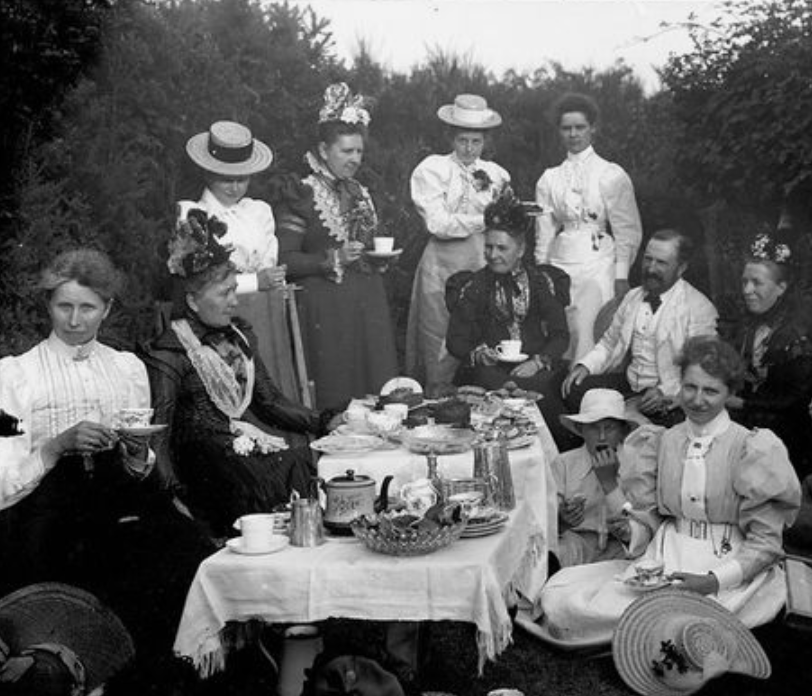
Group of friends in the countryside drinking tea.
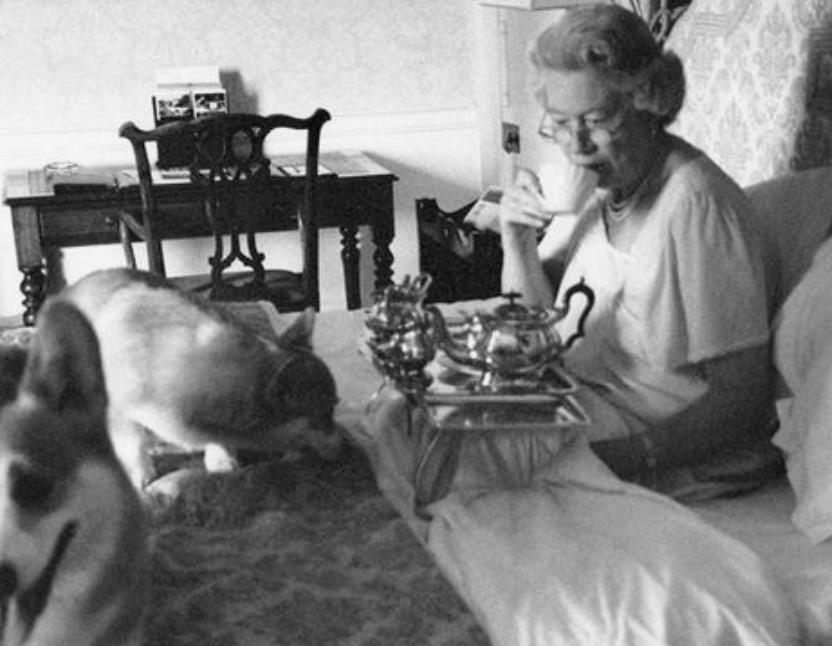
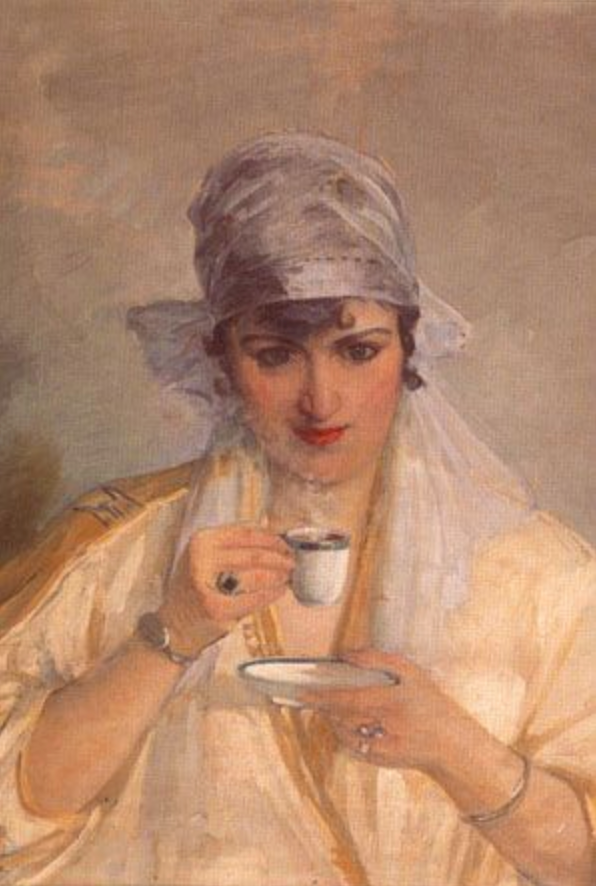
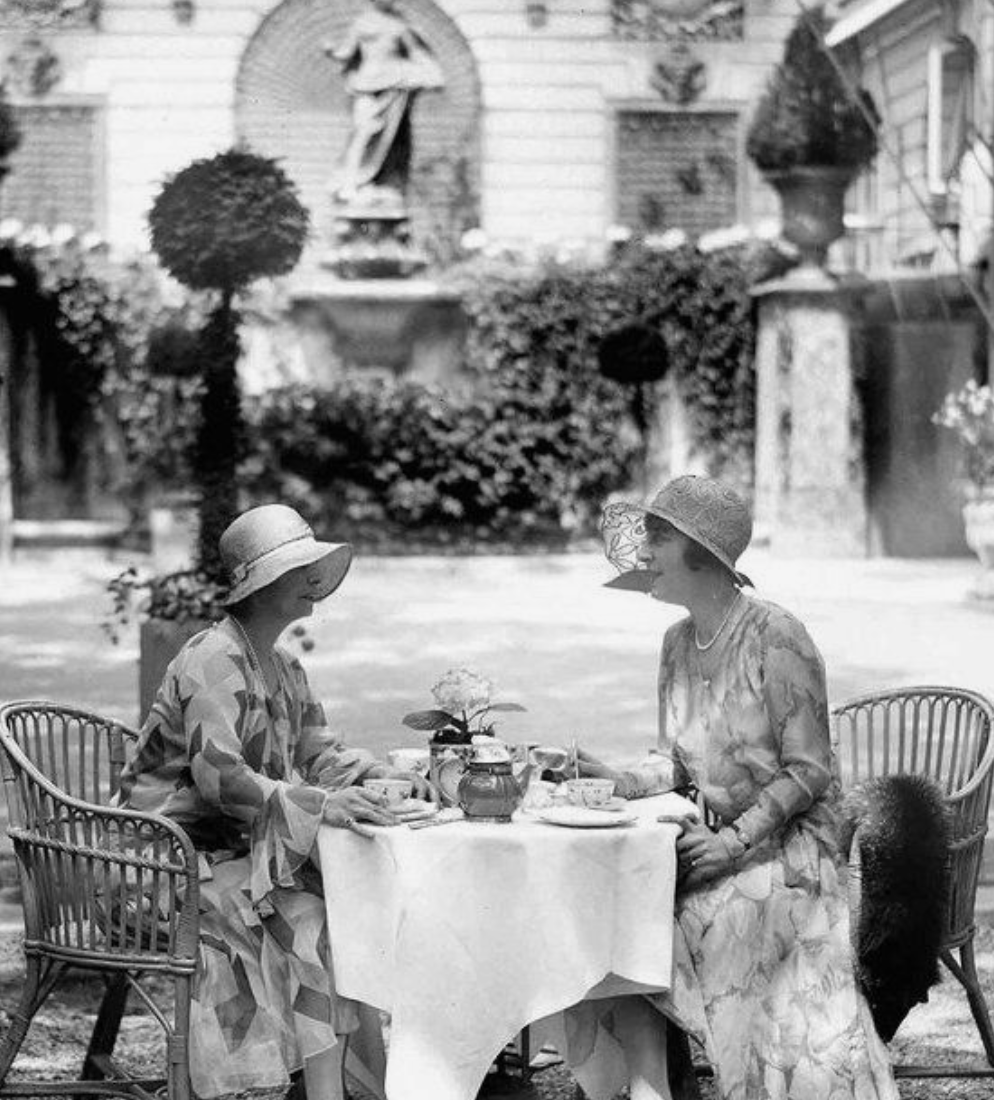
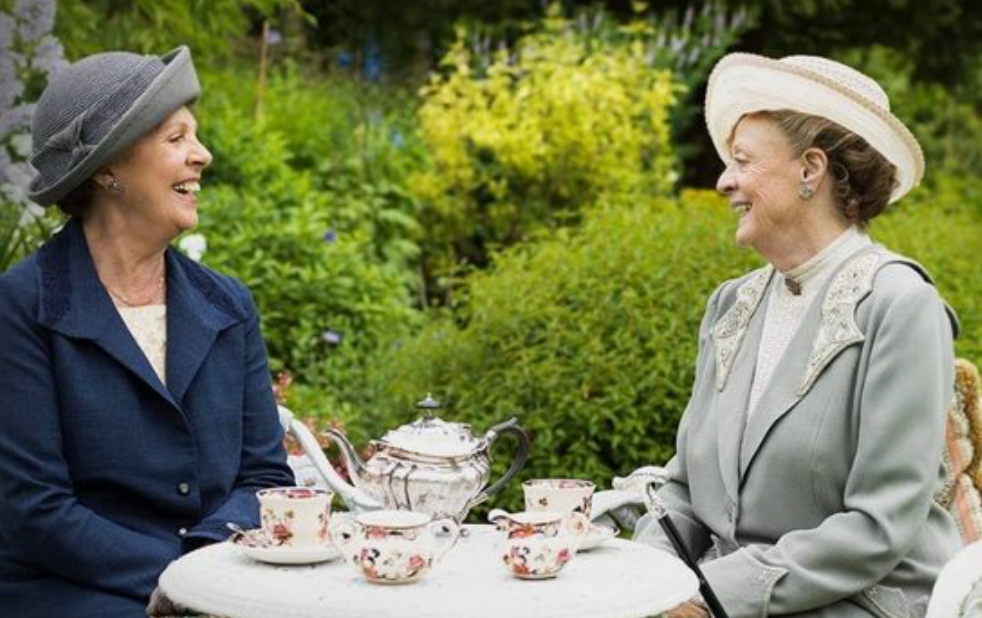
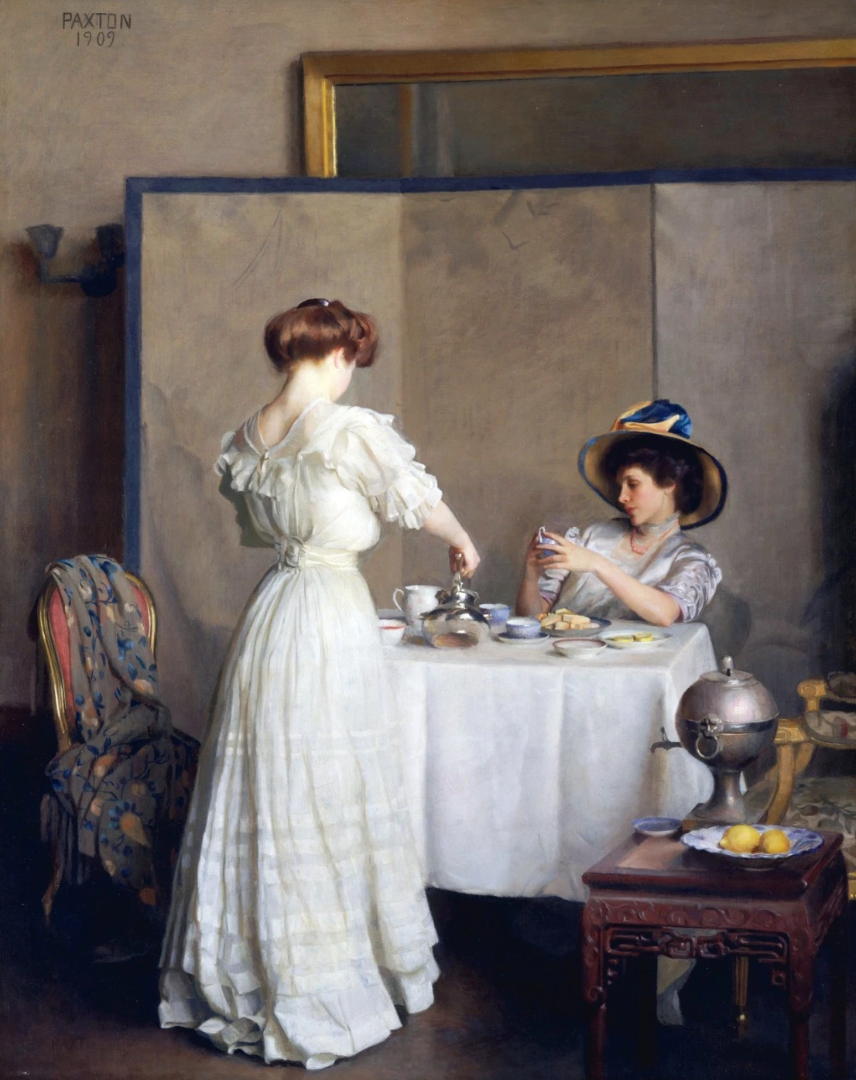
Queen of England, Elizabeth II, having breakfast in bed.
Portrait of young woman drinking tea.
Two women enjoying tea time in the garden.
Mary and Violet Crawley drinking tea, scene from the English series Downtown Abbey.
Tea service at the Ritz hotel in London.
Tea Leaves, by William McGregor Paxton, 1909.
